Kingston HyperX 3K (240GB) SSD Review
by Anand Lal Shimpi on April 10, 2012 3:00 AM ESTWith OCZ intent on moving as much volume to its in-house Indilinx controllers as possible, SandForce (now LSI) needed to expand to additional partners. OCZ has strong control over the channel so SandForce needed to turn to multiple partners to diversify its portfolio. One key win for SandForce was Kingston. We saw the launch of the first Kingston SandForce (SF-2281) based drive last year under the HyperX brand. Today Kingston is announcing a lower cost version of the drive with the HyperX 3K.
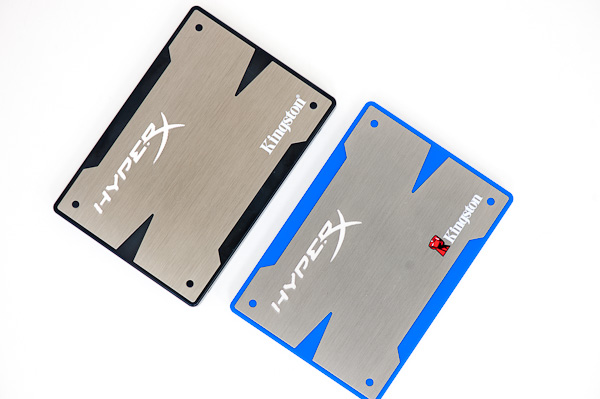
Kingston's HyperX 3K (top) vs. Kingston's HyperX (bottom)
The 3K in this case refers to the number of program/erase cycles the NAND inside the SSD is rated for. As we've discussed on numerous occasions, NAND endurance is a finite thing. The process of programming a NAND cell is physically destructive to the cell itself and over time you'll end up with NAND that can no longer hold a charge (or your data).
Intel's 50nm MLC NAND was rated for 10,000 program/erase cycles. Smaller transistor geometries, although tempting from a cost/capacity standpoint, do come with a reduction in program endurance. At 34nm Intel saw its p/e count drop to 5,000 cycles, and at 25nm we saw a range from 3,000 - 5,000. Modern day SSD controllers include wear leveling logic to ensure that all cells are written to evenly, so even at the lower end of the Intel 25nm range there's more than enough lifespan for a typical client workload. Let's do some math on a hypothetical 100GB drive with four different types of NAND (3K, 5K, 10K and 30K P/E cycles):
| SSD Endurance | ||||||
| 3K P/E Cycles | 5K P/E Cycles | 10K P/E Cycles | 30K P/E Cycles | |||
| NAND Capacity | 100GB | 100GB | 100GB | 100GB | ||
| Writes per day | 10GB | 10GB | 10GB | 10GB | ||
| Write Amplification | 10x | 10x | 10x | 10x | ||
| P/E Cycles per Day | 1 | 1 | 1 | 1 | ||
| Total Estimated Lifespan | 8.219 years | 13.698 years | 27.397 years | 82.191 years | ||
Assuming you write 10GB to your drive every day (on the high end for most client workloads), and your workload is such that the controller sees an effective write amplification of 10x (due to wear leveling/garbage collection the controller has to write 10x the amount of data to NAND that you write to host), you'll blow through one p/e cycle per day. For 25nm 3K p/e cycle NAND that works out to be 8.219 years, at which point your data will remain intact (but presumably read-only) for 12 months. Heavier workloads come with higher write amplification factors, but for client use this math works out quite well.
NAND is binned similar to CPUs, except instead of binning for clock speed and power NAND is binned for endurance. Intel offers both 3K and 5K rated 25nm NAND (among others, including ~30K p/e cycle eMLC NAND). The standard HyperX drive ships with 5K 25nm Intel MLC NAND, while the HyperX 3K ships with 3K 25nm Intel MLC NAND.
There's no obvious difference in Intel's part numbers, so I'm not sure if there's a good way to tell whether you're looking at 3K or 5K rated parts from Intel.
The loss of endurance shouldn't matter for most client workloads as I mentioned above, but if you're deploying these drives in a write heavy enterprise environment I'd look elsewhere. Otherwise, the cost savings are worth it:
| SSD Pricing Comparison | ||||||
| 90GB | 120GB/128GB | 240GB/256GB | 480GB/512GB | |||
| Crucial m4 | $154.99 | $299.99 | $549.99 | |||
| Intel SSD 520 | $184.99 | $344.99 | $799.99 | |||
| Kingston HyperX | $189.99 | $329.99 | $874.99 | |||
| Kingston HyperX 3K | $139.99 | $169.99 | $319.99 | $699.99 | ||
| Samsung SSD 830 | $174.99 | $299.99 | $779.99 | |||
| OCZ Octane | $199.99 | $339.99 | $849.99 | |||
| OCZ Vertex 3 | $199.99 | $339.99 | $1199.99 | |||
| OCZ Vertex 4 | $179.99 | $349.99 | $699.99 | |||
HyperX 3K drives are already available via Newegg. The biggest cost savings appear to be at the 480GB capacity, although you'll save a good $10 - $20 for most capacities.
Kingston also offers an optional upgrade bundle kit including a handy screwdriver, SATA cable, USB cable, Acronis cloning software, SATA to USB adapter and a 3.5" sled for mounting in a desktop case. It's a nice bundle although I really wish we'd see better 3.5" adapters in these kits. The bundle will set you back another $10 over the prices in the table above.
Like many SandForce partners, Kingston offers a toolbox to view SMART data however you cannot secure erase the drive from the utility. A separate utility is offered to handle firmware updates.
Performance & Final Words
With Kingston's latest performance is, thankfully, unharmed. The HyperX 3K performs just as well as the 5K rated HyperX drive:
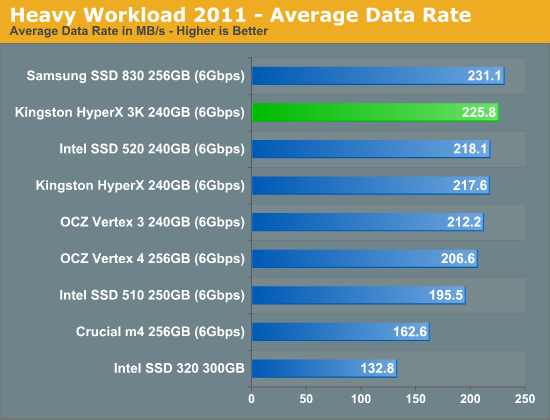

Kingston's SF-2281 implementation has always been extremely fast and the HyperX 3K is no exception. You are looking at one of the fastest drives we've ever tested. I've included our usual benchmarks in the subsequent pages but you can also use Bench to compare drives directly.
The risk, as always, with SandForce based drives is that you'll run into a combination of drive + system that triggers either an incompatibility or the infamous BSOD issue. I haven't seen the bug crop up on the HyperX 3K but I haven't spent a lot of time looking for it either.
All I can offer is the same caution we tack onto most of our SSD reviews. If you know someone with a system similar (identical?) to yours who isn't running into problems then you'll probably be fine.
If you've had a good experience with the HyperX in a system, then the HyperX 3K is a no-brainer. You get similar, already great, performance at a lower cost.


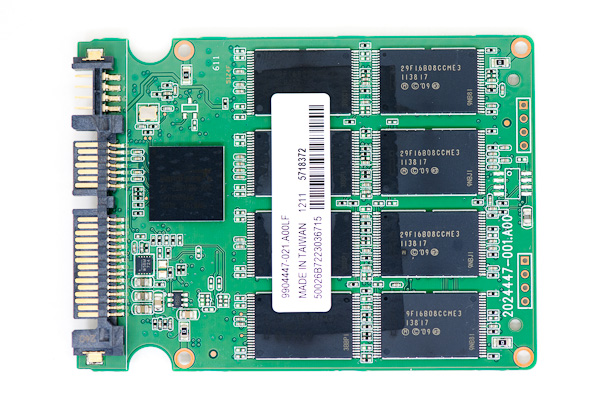
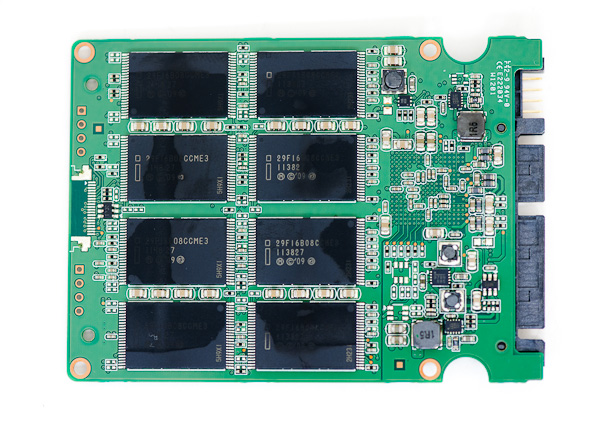
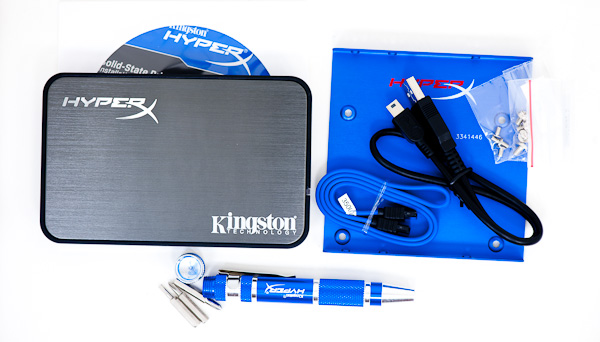
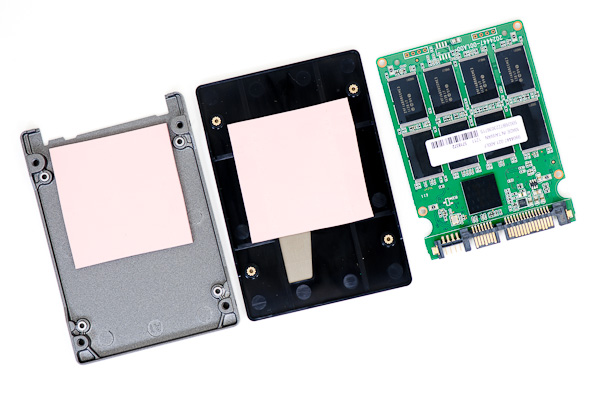








44 Comments
View All Comments
Coup27 - Tuesday, April 10, 2012 - link
the last page is missingCoup27 - Tuesday, April 10, 2012 - link
also all easter weekend I've had rendering issues with the comments section. It doesn't load up correctly and it's like a text version instead of html. This has happened on 3 different PC's so I think its something with the site.Ryan Smith - Tuesday, April 10, 2012 - link
What browser are you on? To the best of my knowledge we are not currently having any site issues, and at the moment the comments section is working fine for me.bji - Tuesday, April 10, 2012 - link
A similar thing happened for me too with several stores in the past few days. The comments section would show up without indentation (all comments lined up at the left) and comments would be separated by some weird looking title bar (looked a little like an Apple candy theme thing from the early 2000's, only clunkier). A reload of the page would bring it back to the normal view. My browser is Firefox on Linux.bji - Tuesday, April 10, 2012 - link
stores -> storiesHockster - Wednesday, April 11, 2012 - link
I'm using the latest Firefox and don't see the last page either.Hockster - Wednesday, April 11, 2012 - link
Oops, didn't realize there wasn't a conclusion page.Ryan Smith - Tuesday, April 10, 2012 - link
Actually the last page is there; it just isn't a conclusion page. We went with something a bit different this time and did an abridged review since it's using a controller & NAND we've already reviewed. The first page is the complete review from an editorial standpoint, while the following pages are all of the benchmarks and analysis.-Thanks
Ryan Smith
Coup27 - Tuesday, April 10, 2012 - link
tbh I missed that. I hadn't read the article and thought the end had been chopped off by this rendering issue. I have just uploaded a screenshot of what happens. This is the 4th PC in 3 different places it's happened on so it must be the site:http://www.elmleigh.co.uk/Paul/ATissue.jpg
Ryan Smith - Tuesday, April 10, 2012 - link
Humm, from that screenshot it looks like you're not getting part or all of the main style sheet. All I can really suggest is flushing your cache and disabling any add-ons. The style sheet is being served up correctly and hasn't changed in the better part of the last year.http://www.anandtech.com/content/main.css